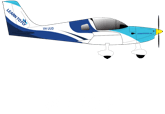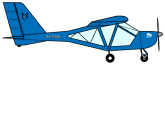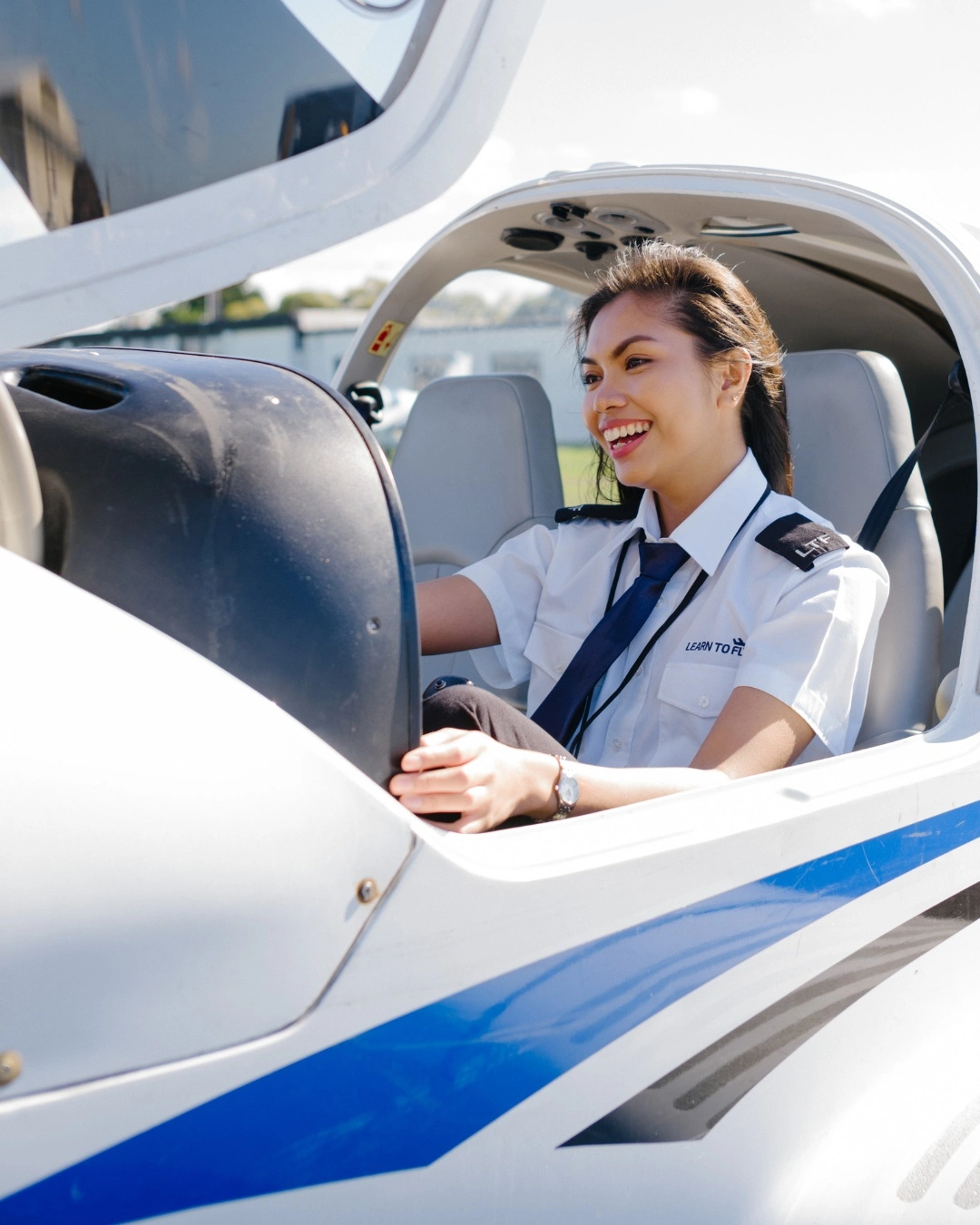
May 23, 2025
Demystifying CASA Regulations: What You Need to Know for Your Pilot License
For aspiring pilots in Australia, understanding the regulatory framework set by the Civil Aviation Safety Authority (CASA) is essential.
CASA oversees aviation safety, setting the legal requirements for obtaining and maintaining a pilot license in Australia. From initial student pilot training to advanced certifications like the commercial pilot license (CPL) and the instrument rating course, CASA regulations outline the necessary steps for compliance, safety, and operational proficiency.
CASA and Its Role in Pilot Licensing
CASA is Australia’s aviation regulatory authority, responsible for ensuring that all pilots, aircraft, and operators meet stringent safety standards. The organisation follows the Civil Aviation Act 1988 and aligns with global standards set by the International Civil Aviation Organisation (ICAO).
When applying for a pilot license in Australia, CASA’s regulations dictate:
- Eligibility requirements (age, medical fitness, English proficiency)
- Training syllabus and flight hour requirements
- Examinations and competency assessments
- License endorsements and ratings
- Ongoing compliance, recency, and proficiency checks
Types of Pilot Licenses Under CASA Regulations
1. Recreational and Private Pilot Licenses (RPL & PPL)
For those beginning their pilot training, the first step is obtaining either a Recreational Pilot License (RPL) or a Private Pilot License (PPL). These licenses allow pilots to fly for non-commercial purposes, with increasing privileges as they gain experience.
- Recreational Pilot License (RPL):
- Minimum 25 flight hours
- Limited to daytime, visual flight rules (VFR)
- Can only operate an aircraft with MTOW 1,500kg within a designated area
- It’s an Australian licence, it cannot be converted overseas
- Private Pilot License (PPL):
- Minimum 40 flight hours, including solo flights
- Permits cross-country flights
- Can operate an aircraft with MTOW 5,700kg and fly anywhere in Australia
- It’s an ICAO international licence, it can be converted in all ICAO countries
2. Commercial Pilot License (CPL)
For those pursuing a career in aviation, the commercial pilot license (CPL) is required. With a CPL, pilots can work as charter pilots, flight instructors, or aerial survey pilots, but further ratings and endorsements are required for airline careers.
CASA mandates:
- A minimum of 150 flight hours (200 if completed through an non-integrated training program)
- Completion of theory exams covering meteorology, navigation, aerodynamics, and more
- A flight test with a CASA examiner to demonstrate skill and knowledge
3. Airline Transport Pilot License (ATPL)
For pilots aiming to become airline captains, the Airline Transport Pilot License (ATPL) is the highest qualification. Requirements include:
- 1,500 total flight hours, including multi-crew operations
- Completion of ATPL theory exams
- Experience in multi-engine aircraft and advanced flight operations
Pilots typically earn their ATPL while working in commercial aviation, upgrading their qualifications as they gain experience.
Essential CASA Requirements for Pilot Training
1. Medical Certification
All pilots must meet CASA medical standards to ensure they are physically and mentally fit to operate an aircraft safely.
- Class 1 Medical Certificate – Required for CPL and ATPL holders
- Class 2 Medical Certificate – Sufficient for RPL and PPL holders
Medical examinations must be conducted by Designated Aviation Medical Examiners (DAMEs) and are required at regular intervals, depending on age and license type.
2. English Language Proficiency
CASA mandates that all pilots demonstrate proficiency in English, as it is the international aviation language. Pilots must pass the Aviation English Language Proficiency (AELP) assessment, ensuring they can communicate effectively with air traffic control (ATC) and other pilots.
3. Flight Training and Ground School
Flight training must be conducted at a CASA-approved flight school or with a CASA-certified flight instructor. Training programs cover:
- Flight theory – Navigation, meteorology, aircraft systems, and regulations
- Practical flight training – Hands-on flying experience, emergency procedures, and cross-country navigation
- Simulator training – For multi-engine and instrument-rated pilots
Those seeking specialised training, such as an instrument rating course, must complete additional simulator and flight training in instrument conditions.
4. Examinations and Flight Tests
Pilots must pass CASA theory exams before attempting their practical flight test. These exams assess knowledge in:
- Air law
- Aerodynamics
- Meteorology
- Human factors
- Aircraft systems
- Operation, performance and flight planning
- Navigation
Once all training and examinations are complete, a flight test with a CASA-approved examiner determines whether a pilot meets the required competency standards.
CASA Regulations on Additional Ratings and Endorsements
Beyond basic licenses, CASA offers additional ratings and endorsements to expand pilot privileges.
1. Instrument Rating
Pilots pursuing instrument flight training can obtain an Instrument Rating (IR), which allows them to fly in low visibility conditions and under Instrument Flight Rules (IFR). This rating is crucial for commercial and airline pilots operating in controlled airspace.
2. Multi-Engine and Instructor Ratings
Pilots can also obtain a multi-engine rating, allowing them to fly complex aircraft. Additionally, a flight instructor rating permits pilots to train new students, an excellent way to gain flight hours while working in aviation.
Maintaining Compliance with CASA Regulations
After obtaining a pilot license, pilots must comply with CASA’s ongoing requirements, including:
- Recency requirements – Pilots must log a minimum number of flight hours over a specific period to maintain currency.
- Biennial flight reviews (BFRs) – Required for all pilots to ensure ongoing competency.
- Medical renewals – Class 1 and 2 medical certificates must be renewed periodically.
- Regulatory updates – Pilots must stay informed about changes in CASA regulations to ensure compliance.
CASA also conducts random audits and checks to ensure pilots adhere to safety and operational guidelines.
Navigating CASA regulations may seem complex, but understanding the key requirements makes the process more manageable. Whether pursuing an RPL, PPL, or CPL, pilots must follow structured training pathways, meet medical and proficiency standards, and pass theory and flight tests.
For those aspiring to airline careers, further training—such as instrument rating courses, multi-engine endorsements, and ATPL certification—is essential.


